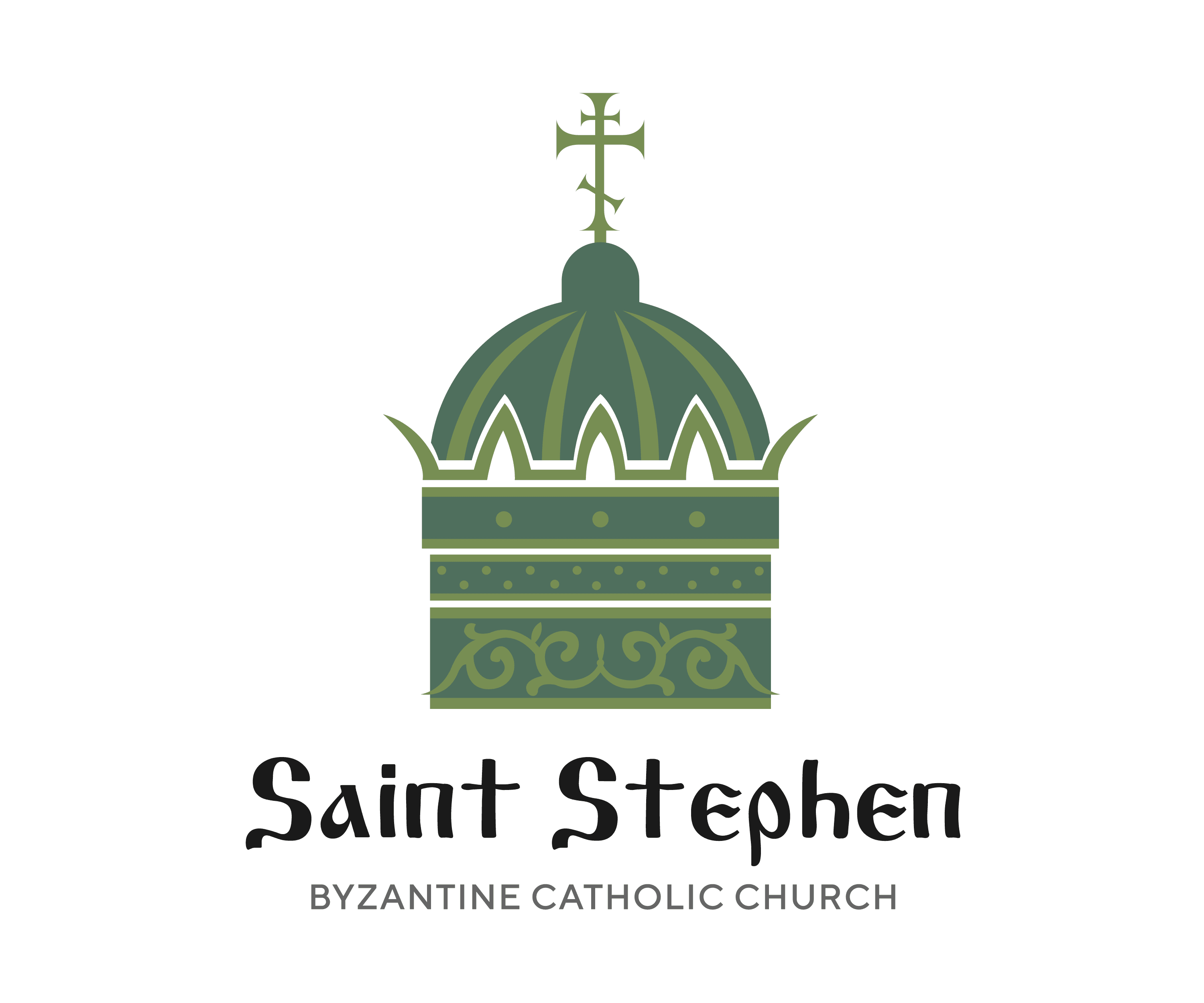Click here to watch a video of this liturgy on our YouTube channel. (Live stream will begin at 10am on Saturday, May 30th, 2020).
People’s book for the Divine Liturgy
Divine Liturgy Propers for All Souls Saturday
Click here to watch a video of this liturgy on our YouTube channel. (Live stream will begin at 10am on Saturday, May 30th, 2020).
People’s book for the Divine Liturgy
Divine Liturgy Propers for All Souls Saturday
Click here to watch a video of this service on our YouTube channel. (Live stream will be at 7pm on May 29th, 2020)
Click here to watch a video of this service on YouTube (live stream begins at 9:30am, Friday, May 29th, 2020)
Click here to watch a video of this service on YouTube (live stream begins at 9:30am, Thursday, May 28th, 2020)
On Wednesday, May 27th, at 7pm, we will celebrate the public liturgical service of Holy Anointing (with precautions), which we would have celebrated on the evening of Holy Wednesday, had that been possible. This holy anointing must be preceded by a recent confession. Therefore, confession will be available starting at 6pm that same evening.
“Is any among you sick? Let him call for the presbyters of the church,
and let them pray over him, anointing him with oil in the name of the Lord.” (James 5:14)
Divine Liturgy
Friday – 6:30 PM (If No Vespers)
Sunday – 9:00 AM (Livestreamed)
Vespers
Friday – 6:30 PM (If No Liturgy)
Saturday – 4:00 PM
Parish Address:
4141 Laurence Ave, Allen Park, MI 48101
